Certified Experts Elevate Vehicle Body Repair Standards
Certified experts in vehicle body repair are the driving force behind top-notch collision services……..
Vehicle body repair is a critical aspect of the automotive industry, encompassing the skilled restoration and reconstruction of motor vehicle bodies. It involves intricate techniques to mend or replace damaged panels, ensuring vehicles are not only structurally sound but also aesthetically pleasing. This article aims to delve into the intricacies of vehicle body repair, exploring its global impact, technological advancements, challenges, and future prospects. By the end, readers will gain a comprehensive understanding of this essential process and its role in shaping the automotive landscape.
Vehicle body repair is a multifaceted discipline that combines artistic craftsmanship with scientific precision. It primarily involves repairing or replacing damaged exterior and interior vehicle components, including panels, frames, and structural elements. This process requires a deep understanding of vehicle design, advanced tools, and specialized knowledge to match the original manufacturing standards.
Historically, body repairs began as simple adjustments and welding processes, often done manually. However, with technological advancements, modern repair techniques have become more sophisticated. Today, the industry leverages computer-aided design (CAD) software, robotic welding, and high-precision tools to achieve flawless results. These innovations have not only enhanced the quality of repairs but also streamlined the overall process, making it more efficient and cost-effective.
Vehicle body repair is a global industry, with every region having its unique dynamics and trends. The demand for these services varies based on factors like vehicle ownership rates, economic conditions, and regional automotive manufacturing hubs.
The global vehicle body repair market is a significant contributor to the automotive industry’s economic landscape. According to a recent report by [Market Research Firm], the global market size was valued at USD 187.5 billion in 2022 and is projected to grow at a CAGR of 6.2% from 2023 to 2030. This growth can be attributed to several economic factors:
Technology plays a pivotal role in transforming vehicle body repair, making processes faster, more precise, and environmentally friendly. Here are some significant advancements:
The automotive industry is heavily regulated, and vehicle body repair practices are no exception. Governments worldwide have implemented policies to ensure safety, environmental protection, and consumer rights. Here’s an overview of key regulatory aspects:
Despite its advancements, the vehicle body repair industry faces several challenges and criticisms. Addressing these issues is crucial for maintaining high standards and customer satisfaction.
After the devastating 2011 Tohoku earthquake in Japan, extensive damage was caused to vehicles and infrastructure. Local body repair shops played a crucial role in the recovery effort by quickly establishing temporary facilities and mobilizing their expertise. They successfully repaired thousands of damaged vehicles, employing advanced robotic welding techniques and CAD design to restore them to pre-disaster condition. This case highlights the industry’s resilience and ability to adapt during crises.
A European body repair association launched an initiative to promote sustainable practices across the continent. They introduced guidelines for eco-friendly materials, waste reduction techniques, and energy-efficient shop operations. The campaign encouraged members to adopt water-based paints, recycle metal scraps, and implement LED lighting. This collaborative effort resulted in reduced environmental impact without compromising repair quality, setting a new standard for the industry.
A specialized body repair shop in North America gained recognition for its unique offerings—customizing classic cars to modern standards while preserving their original aesthetics. They utilized advanced composite materials and precision engineering to restore rare vintage vehicles, attracting automotive enthusiasts worldwide. This case study exemplifies the industry’s potential for innovation and customization, catering to specific customer needs.
The vehicle body repair industry is poised for continued growth and transformation, driven by technological advancements and evolving market dynamics. Here are some future prospects:
Vehicle body repair is a dynamic and essential component of the automotive ecosystem, playing a vital role in vehicle safety, aesthetics, and longevity. From global trends to technological advancements, this industry is constantly evolving to meet changing demands. By embracing innovation, addressing challenges, and prioritizing sustainability, the body repair sector will continue to thrive and adapt to future needs.
As we look ahead, the integration of advanced technologies, a focus on environmental sustainability, and the rise of specialized services will shape the landscape of vehicle body repair. The industry’s ability to stay at the forefront of these developments will be crucial in ensuring vehicles remain safe, reliable, and aesthetically pleasing for years to come.
Q: How do I know if a body shop is reputable?
A: Look for shops with positive online reviews, industry certifications, and transparent pricing. Reputable shops should provide detailed work estimates and guarantee their workmanship.
Q: What are the signs of poor body repair work?
A: Signs may include misaligned panels, uneven paint jobs, excessive rust, or structural weaknesses. Always inspect the repairs carefully and consider a second opinion if needed.
Q: Are eco-friendly body repairs more expensive?
A: While some eco-friendly materials are pricier, many modern repair shops offer sustainable options without significantly increasing costs. They may also provide long-term savings through reduced environmental impact.
Q: How can I prepare my vehicle for a major accident repair?
A: Keep your vehicle well-maintained and serviced. Ensure all fluid levels are correct, and tires are in good condition. Document any pre-existing damage for insurance claims and communicate your expectations to the repair shop.
Q: What should I do if my insurance company recommends a specific body shop?
A: While insurance recommendations can be helpful, it’s wise to research and choose a shop that aligns with your preferences and needs. Don’t hesitate to ask questions and get multiple quotes.
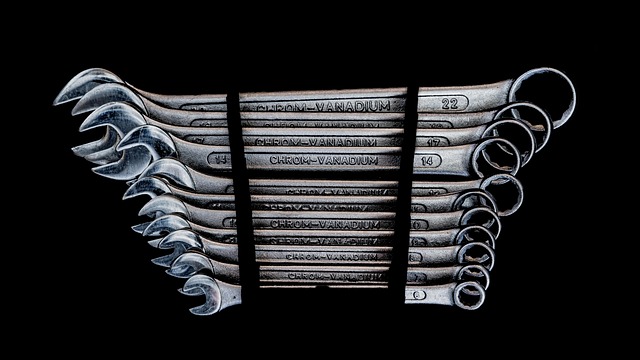
Certified experts in vehicle body repair are the driving force behind top-notch collision services……..

Digital transformation has dramatically improved vehicle body repair services through advanced techn…….
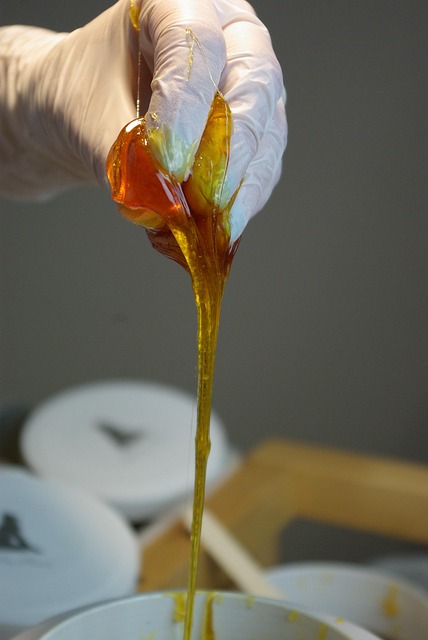
Choosing between dealership workshops and independent shops for vehicle body repair depends on balan…….
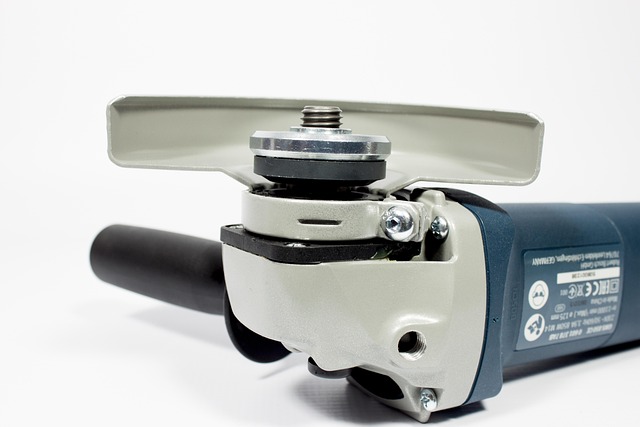
Choosing a reliable vehicle body repair shop? Customer reviews are your best guide! They provide ins…….
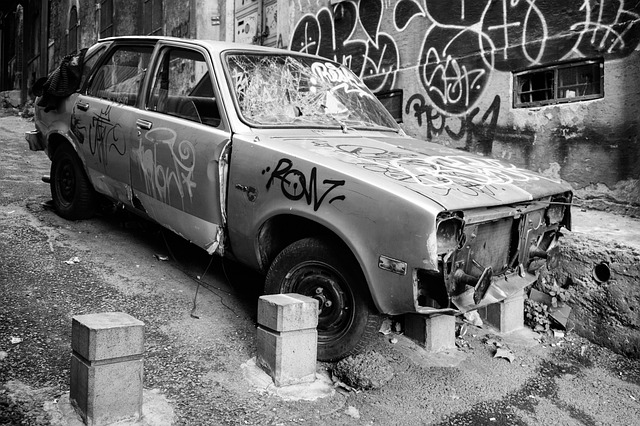
The vehicle body repair industry is undergoing a significant digital and sustainable transformation……..

Vehicle body repair certifications, such as I-CAR and ASE, are crucial for technicians aiming to exc…….

The vehicle body repair industry is rapidly adopting eco-friendly practices and innovative technolog…….
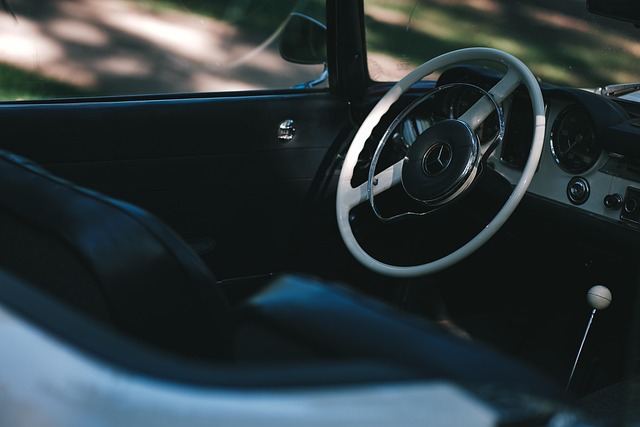
3D printing technology has revolutionized vehicle body repair services by enabling precise manufactu…….
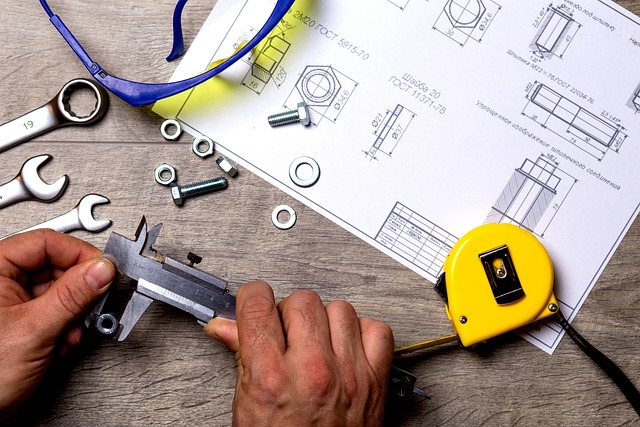
After complex vehicle body repairs, calibrating safety systems is crucial. Even minor misalignments…….